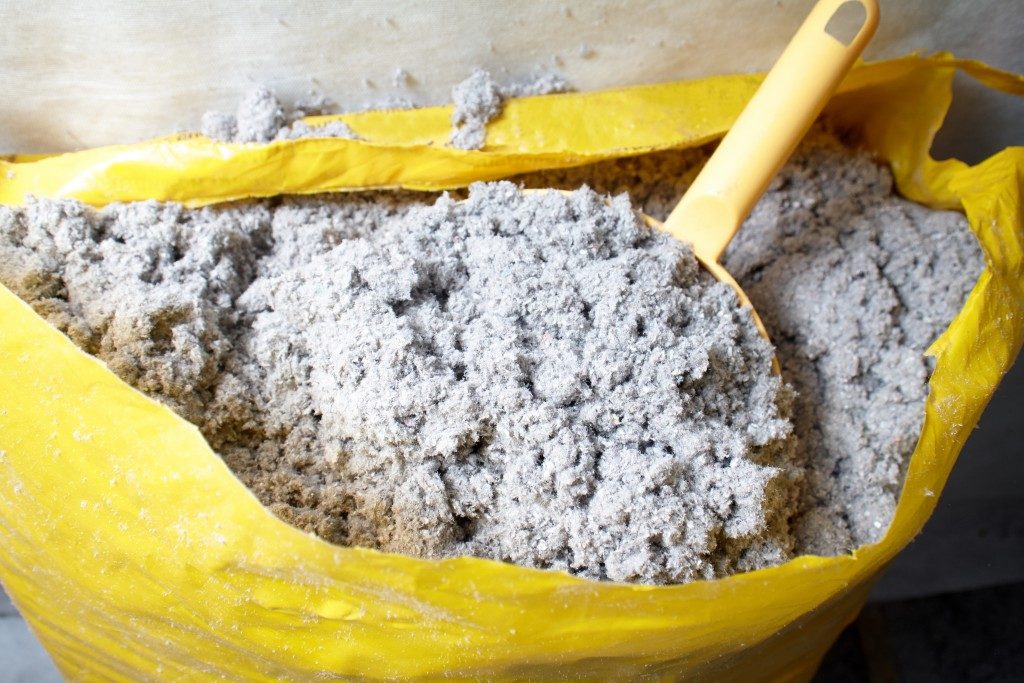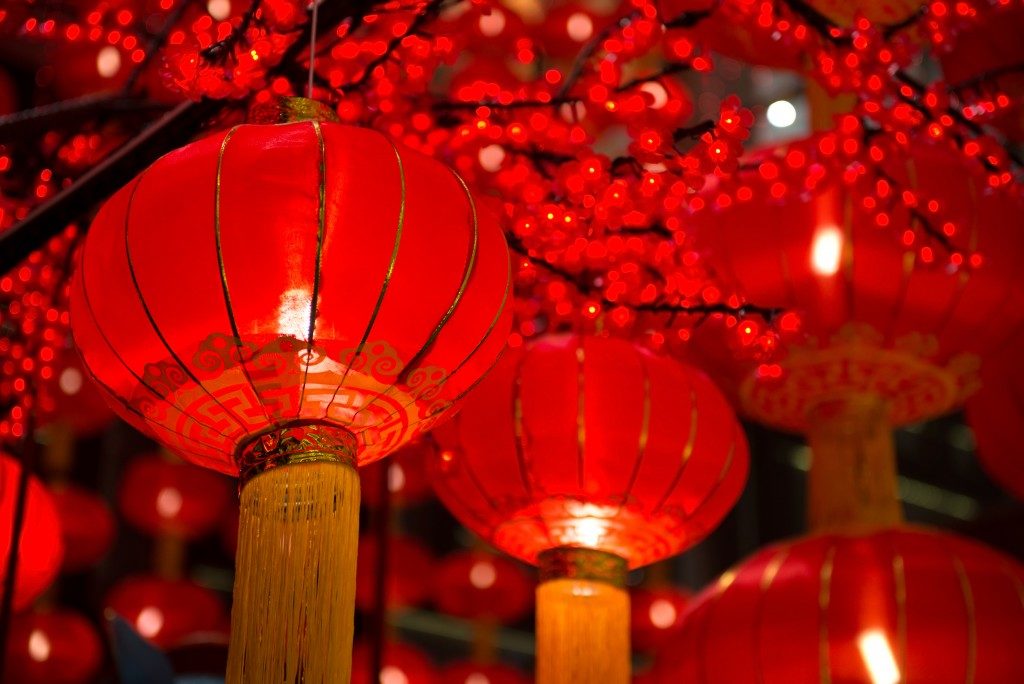From sprawling pasture to the shearing shed, the world’s finest wool makes its way to spinners and weavers across the world, ending up in high-end boutiques as one of the nation’s signature exports. It’s hard to imagine that sheep – introduced to Australia little more than 200 years ago – would have become so iconic today.
A BACK TO BASICS APPEAL
In recent years, the idea of starting a farm, working outdoors, or just being closer to nature and traditional ways of living, has become very attractive. Going back to basics has connotations with being authentic and sustainable, both valuable qualities in a world where the rise of social media and awareness of issues regarding climate change are creating tension and stress in our souls.
That’s not to say that a majority of the young, desk-bound working population have now abandoned their offices to grow potatoes; but it is an influence that is felt throughout our culture. Designers and photographers go for the rustic or natural look; manufacturers include the story behind their sourcing of materials. And increasingly, tourism offers opportunities for people to experience what it’s like to live and work on a farm, even if only for a day.
TOURISM AS AN EXPERIENCE
This idea of tourism as an experience may not be new, but it has certainly gained a following in recent years. Perhaps with the spread of social media, and how the internet has become near-universal nowadays, people have felt that visiting the usual landmarks and historic sites are getting saturated. We may all be feeling a little in need of something different and unexpected. Thus, in some countries, industries that are of historical or cultural significance have become tourist attractions themselves. You can go to Napa Valley and not only taste wine, but explore where it’s grown. Germany and Japan offer beer and sake tours, respectively. In Bali, there are civet coffee plantations where you can view the animals and taste their namesake coffee.
AUSTRALIAN FAMILY FARMS

The wool industry is one of the pillars of Australian heritage. Amazingly, since the introduction of the first Merino sheep from Spain in 1797 to the present day, most farms remain family-owned and operated. Surviving market crashes, fluctuations in wool price and demand, and droughts, these farms have maintained traditional methods handed down through generations, while also testing and refining new processes with the opportunities that have become available in today’s global economy.
Taking the time to visit a family-owned wool farm in Australia is a great experience, especially if you can get in during the shearing season. It’s always amazing to see how such a traditional practice has remained unchanged in some ways, and also how it combines with modern technology to provide a safer, more comfortable environment for the workers and animals. From there, the wool is often exported for treatment and spinning before it can be made into garments – the result of which you can easily see in retailers across the nation.
Outside of sheep grazing, the large areas of land can be put to creative use by the farm owners. Some are locked off to the sheep, allowing different plants to be grown, including endemic species as a part of conservation efforts. Spotting such wildlife in an unexpected setting can be far more rewarding than seeing them captive in a zoo.
Exploring and understanding the workings of a wool farm can provide the perfect opportunity to both appreciate a historically and culturally significant product, and gain a closeup experience of traditional living.







